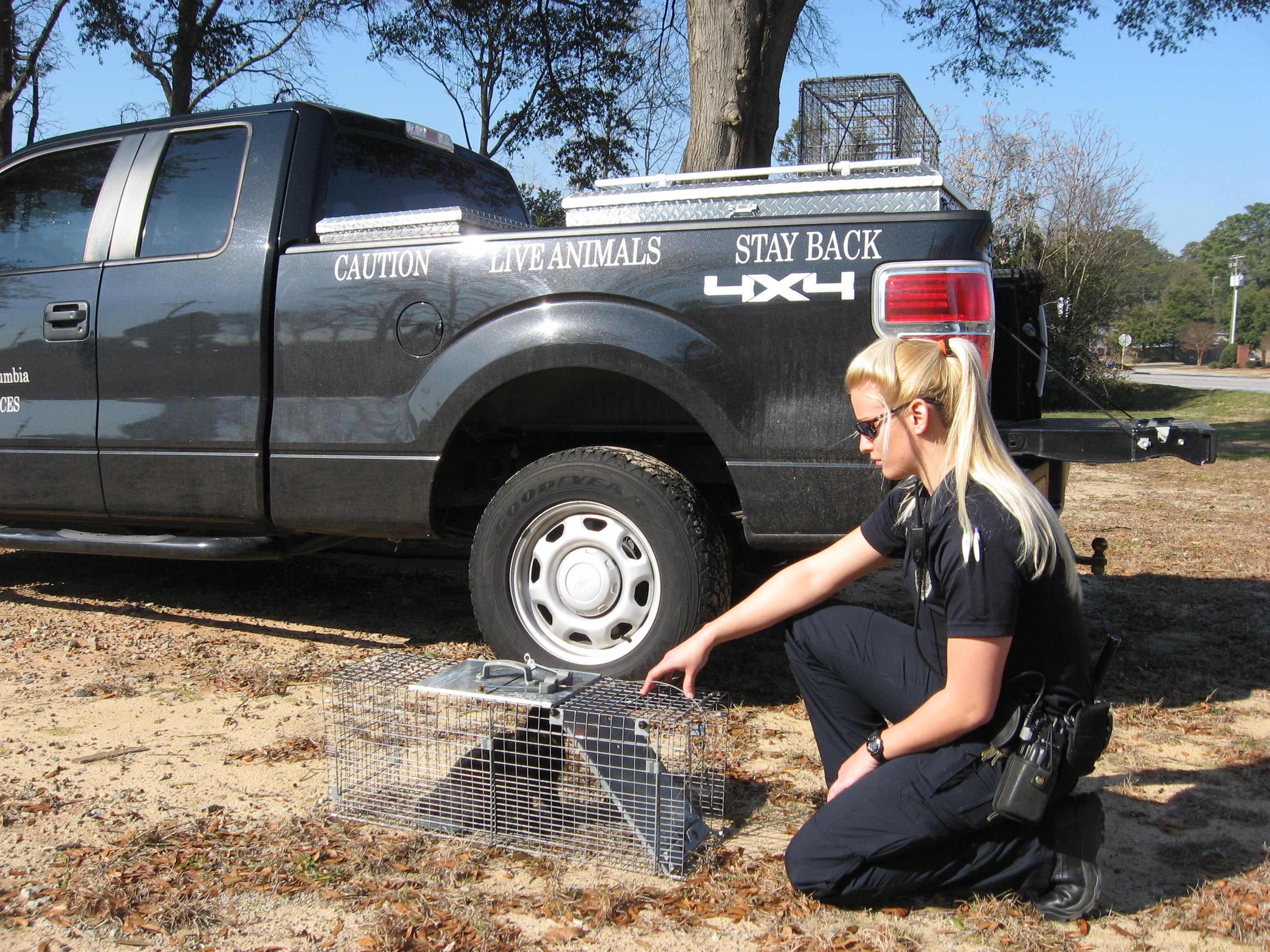Marli Drum, Columbia’s superintendent of animal services, remembers the awful days when she would arrive at work and there would be 100 animals waiting to be euthanized that day at the city shelter.

West Columbia developed the No Kill Animal Control Program in 2012 to
humanely handle nonidentified dogs and cats apprehended by Animal Control
through a Trap/Neuter/Release protocol and an adoptive initiative.
Now Drum, who has been working in animal services for more than 20 years, says there are now some days when no animals are killed at the Columbia shelter.
Through spay and neuter programs and work with animal rescue groups and other nonprofits, no-kill shelters are getting closer to reality in many cities around the state. The goal in Columbia and many other cities is never having to euthanize an adoptable pet. Some shelters have met that goal; others are working to get there.
"About 10 years ago we saw the need for an aggressive spay and neuter program. The idea is you want to prevent them from coming to the shelter in the first place," Drum said. "You’ve got to stop letting them breed."
In Columbia, Drum’s department works with the Animal Mission, a nonprofit that spends about $125,000 each year for vouchers to provide free spay and neuter services.
"It grew and grew and grew," she said.
To date, almost $1.3 million has been raised for surgeries through the Columbia shelter. This is the seventh consecutive year the intake at the Columbia shelter has been reduced. In 2008-09, the shelter took in about 14,000 animals. This year, the number has dropped to about 8,200. What used to be called the dog pound is now a state-of-the-art animal shelter with a veterinarian on staff and active community partners.
"We have a great community here that wants to see the no-kill movement come to Columbia," she said.
The key is twofold—reducing the number of animals that arrive at the shelter and making sure the ones that are adoptable have a good start in new homes through an easy adoption process, spay and neutering services and microchipping.
In West Columbia, the animal control department decided about two years ago to take on the city’s long-time issue with feral cats. Instead of trapping the cats and euthanizing them, the department teamed with nonprofits Pawmetto Lifeline and the Safe Cats Coalition for a Trap, Neuter and Return program. The cats are trapped, brought to a veterinarian where they are spayed or neutered, then returned to the location where they were found.
"When you euthanize them, other cats move in to the area. It doesn’t solve the problem," said Sarah Smith, West Columbia’s animal control officer. "There is a vacuum effect. When cats are removed others move in. Obviously there is a resource they have found in a backyard or a park. The humane and correct way is to spay and neuter."
Since the program started, more than 1,000 wild cats have been spayed and neutered, ear-tipped and returned to the area. During March, for example, the Safe Cats Coalition trapped and neutered 35 wild cats in West Columbia. Left unattended, these cats could have produced as many as 100 kittens in one year.
"I highly recommend the TNR program. It’s a great solution," she said. Smith notes the cost is high at first. However, in the long run, TNR is expected to cut down on the number of wild cats in the community.
Columbia’s Drum recommends cities that lack funding yet want to move to a no-kill shelter start small. "Start with baby steps. Start with one litter of kittens. Make sure you get them spayed and neutered. Start with a little fundraiser. People will step up."
She also suggested smaller cities contact the bigger facilities for advice. "We’ll walk them through and be mentors. Large facilities are here to help smaller ones when they need it," she said.
Drum says there are still too many animals euthanized at the Columbia shelter, with about 50 percent of those brought to the shelter being adopted. "Ideally, we want 70 percent live release, with the ultimate goal 90 percent. We want to no longer have to euthanize an adoptable pet."
